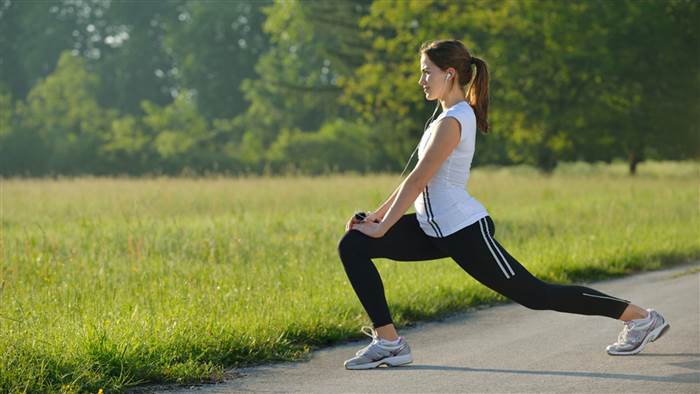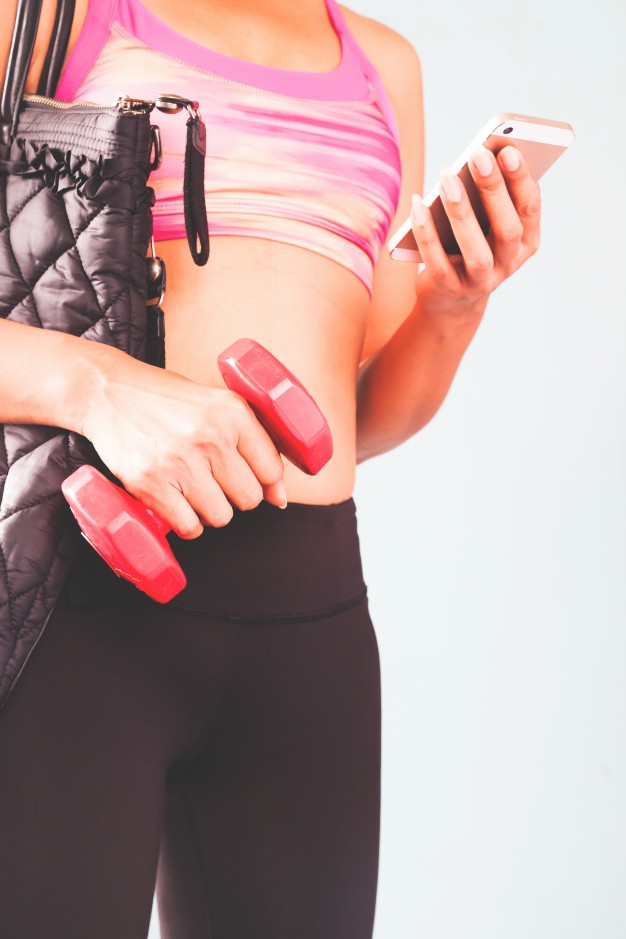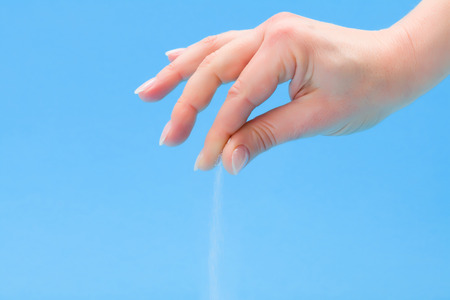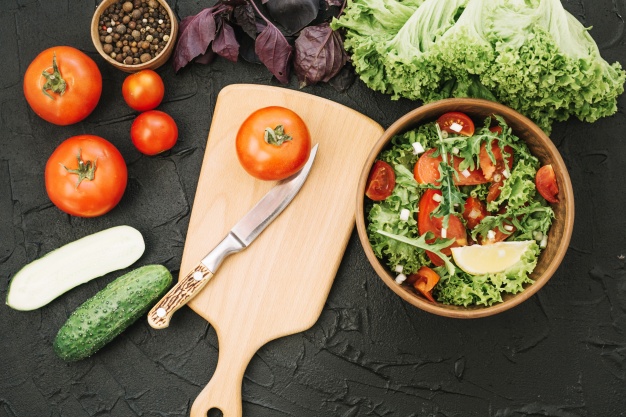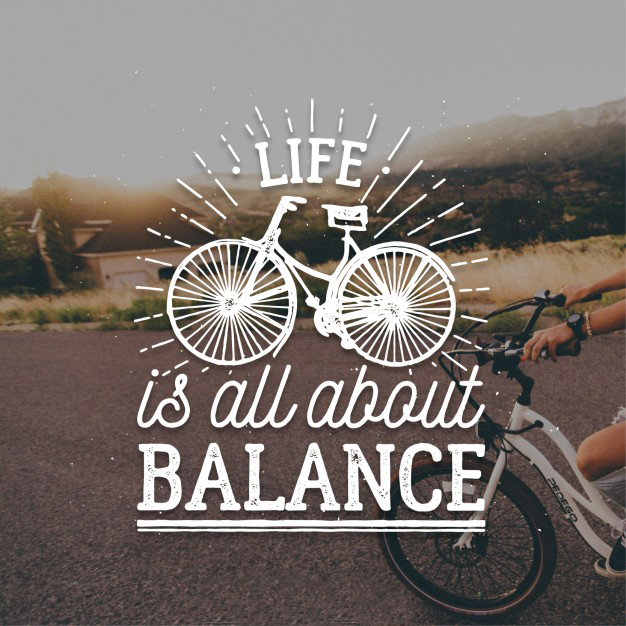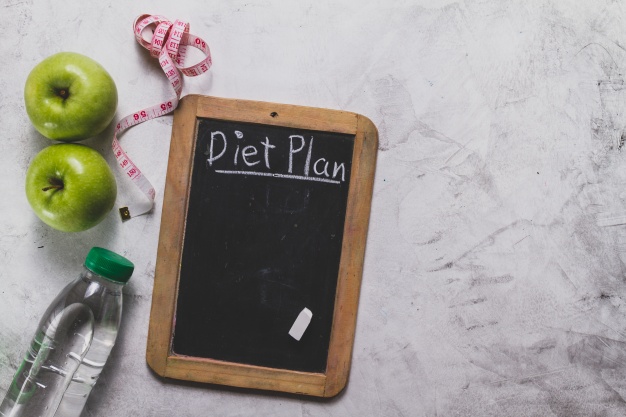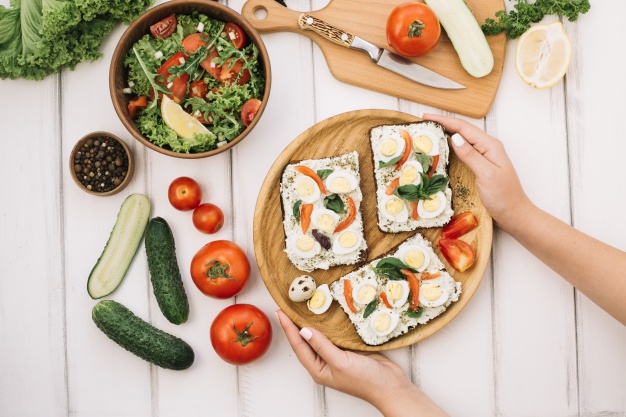It’s raining buckets. You theatrically sigh in pretend lament as your heart secretly does cartwheels no exercise today! For those of you who find it hard to reign in the urge to skip rained-out workouts, I’ve got bad news.I am going to suggest ways to lose weight, eat smart and exercise within the four walls of your home. Don’t hate me.It’s all for your own good.
Unless you have a home gym or a place of exercise that doesn’t involve some travel, there will be days where you genuinely won’t be able to make it. But I find that a lot of people use this season as a pretext to get off the health track entirely. Why gain when it rains? Look at it this way: a healthy monsoon means that when the party season rolls around, you are looking smoking hot. Instead of taking a rain check this season, take in the rain checklist instead…
FOR FOOD
You don’t have to plough slippery streets and negotiate overflowing gutters to get to a nutritionist. Online meal plans as well as online home delivery options abound. Nutritionists have also started online programmes so, after preliminary health checks and blood tests, the meal plan gets delivered straight to your inbox.
If you aren’t going to a nutritionist, do your research online and carefully choose diets that consist of about 25 per cent protein, 10 per cent (good) fats like MUFA, PUFA and Omega-3 and 65 per cent carbs (which includes fruits, vegetables, breads, pastas and the like). Needless to say, your carb intake needs to tip in favour of healthy fruits and vegetables. Check with your doctor that the diet ensures weightloss or maintenance (whatever your aim), and will not affect your general health. Also, don’t forget to monitor your oil and sugar content during the programme: depending on your lipid profile, 2-4 teaspoons of oil a day is all you need to ensure that your low-cal food has both fat and flavour. I’d also advise you to break up any diet you take into smaller meals and eat every two hours. The process of digestion burns calories and smaller meals help keep your body in the digestion mode for longer.
One of the most fun parts about going online though is tracking your progress -there are tons of weight tracker apps out there. But be honest to yourself.
FOR COMFORT FOOD
There’s something about the monsoon that heightens the senses and the food cravings with it. Avoid common comfort food traps. While bhujiyas and pakoras are standard monsoon comfort fare, other healthier options also work. Corn-on-the-cob or bhutta is a brilliant and incredibly healthy masala-filled option. Corn-in-a-cup also works. Boiled black chanas, piping hot idlis with yummy sambhar, masala rava idlis, hot masala chai (without tons of sugar), hot soups, boiled peanuts, kebabs, chicken tikka (with low oil), grilled vegetables, dosas, neer dosas, uttapams and upma -all have the ability to satisfy your craving for something fried in the rains.
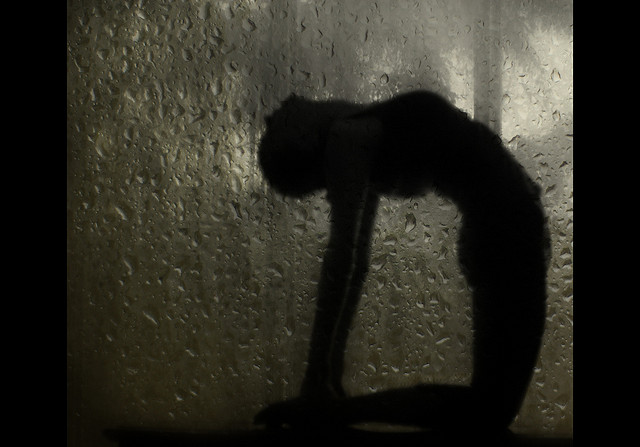
FOR EXERCISE
If you can’t make it for a walk or the gym, you’d be surprised with the kind of workouts DVDs can give you. These may even go one step further, providing that missing bit of variation to your workouts, leading you to exercise mus cles that may not have been active in your regular workouts. Or just climb stairs or jump rope: both are amazingly simple ways to get your heart rate pumping just enough to lose weight.
So there you have it. The no-excuses guide to monsoon fitness. And a no-holds-barred solution to looking your best during the monsoon months.


